May 31, 2020
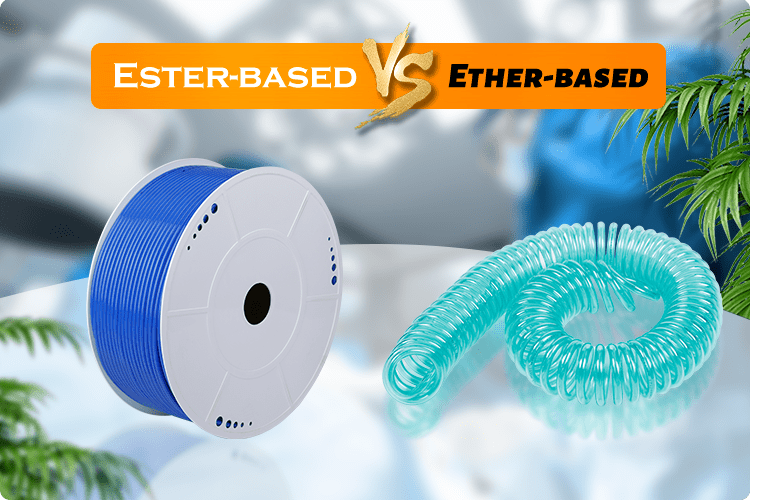
Ester-based tubing and Ether-based are the Commonly used Polyurethane tubing, and Ester and ether are two common organic functional groups. They both contain oxygen atoms, but they differ significantly in physics and chemical properties.they all have good chemical resistance and mechanical performance such as abrasion resistance and tear resistance.Due to the use of different molecular structures of polyol raw materials, the two types of PU tubing exhibit different performance characteristics in terms of oil resistance, hydrolysis resistance, low-temperature resistance, and flexibility.
Ester-based pu tubing has excellent abrasion resistance and tensile resistance with lower cost. In contrast, Ether based pu tubing has low water absorption, hydrolysis resistance, fungi resistance, low temperature resistance, and effectively Ultraviolet resistance.But its production cost is higher than that of conventional ester based type.Which is better?Let's look at it next.
Common physical property differences between ether and ester
Performance Contrast of Ester based and Ether based Polyurethane Tubing: | |
| Tensile resistance | Ester-based > Ether-based |
| Tear resistance | Ester-based > Ether-based |
| Abrasion resistance | Ester-based > Ether-based |
| Chemical resistance | Ester-based > Ether-based |
| Transparency | Ester-based > Ether-based |
| Bacterial resistance | Ester-based < Ether-based |
| Moisture evaporation | Ester-based < Ether-based |
Low temperature impact toughness | Ester-based < Ether-based |
Ether and ester have different raw material usage you need to remember. The polyol molecules in ester based polyurethane pipes contain more rigid and compact ester bonds.Ester-based tubing tend to be heat resistance and mechanics.Whether it is polyether or polyester, when processing into tubings, some additives can be added to enrich its characteristics and functions. The characteristics and applications of polyester polyurethane pipes focus on strength and wear resistance.
◆ Energy is prone to decrease at low temperatures
◆ Higher strength, hardness, and wear resistance.
◆ Poor hydrolysis resistance
◆ Poor chemical resistance
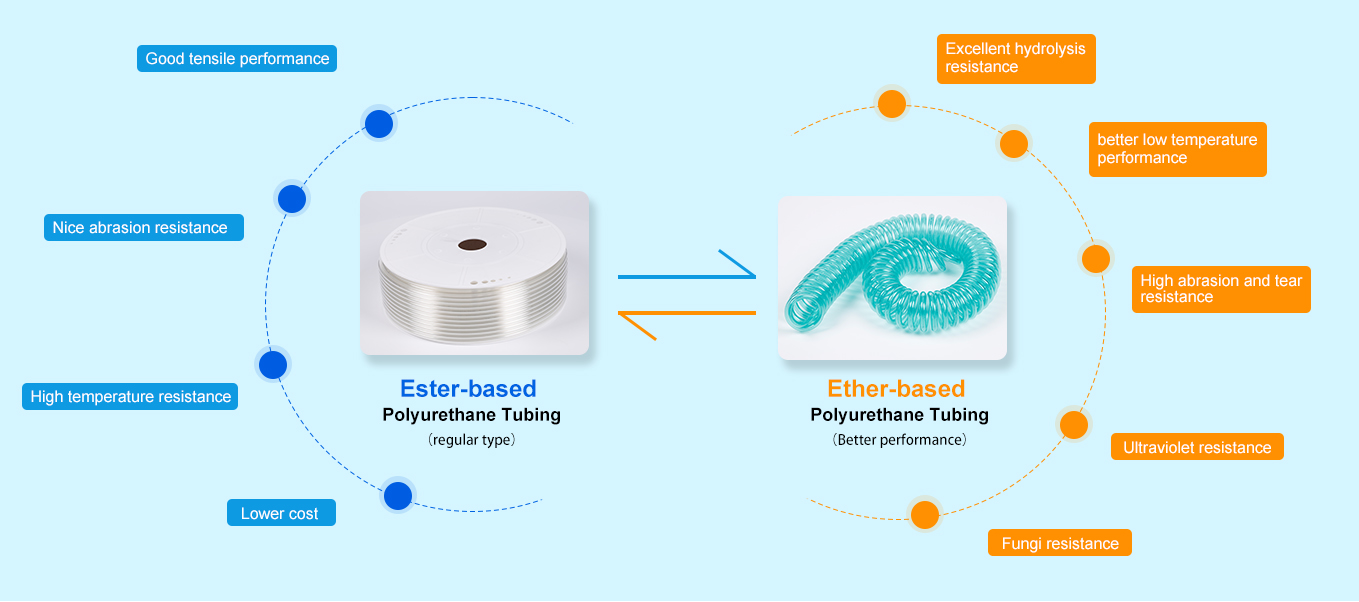
The molecular structure of polyether polyols material contains a higher number of ether bonds, which is the fundamental difference from polyester-based structures. Ether bonds have lower cohesive energy and are more flexible, making them easier to rotate. As a result, polyurethane tubing made from polyether polyols exhibit excellent low-temperature flexibility and outstanding hydrolysis resistance and are easily miscible with isocyanates and additives, Also offering polyether superior processing performance.
◆ Better flexibility and elasticity
◆ Better chemical and microbial corrosion
◆ Excellent hydrolysis resistance
◆ Better low-temperature resistance

How to quickly remember ester vs ether? Perhaps you can gain inspiration from tubing application.There is clear distinction of polyester and polyether functional group.
Polyester pu tubing has high tensile strength, good tear resistance,often used as packaging, sound insulation and filter materials.
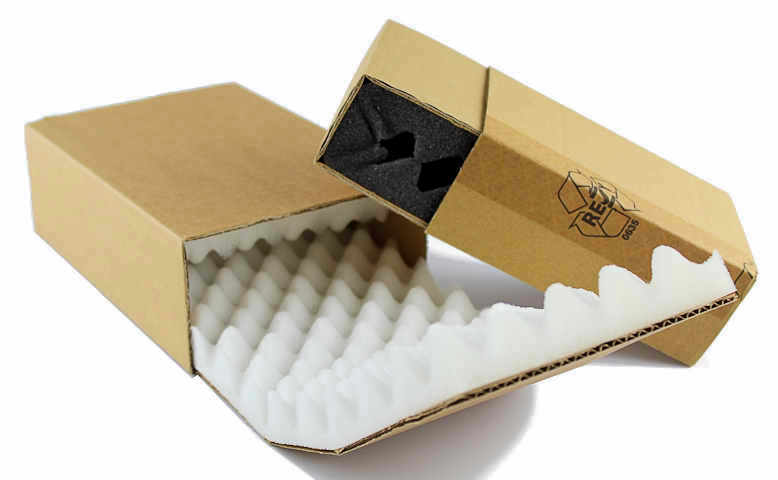
Polyether-based Polyurethane is often seen in the fields of household, daily necessities, transportation, and home appliances because of its low mechanical strength and ester group, it has high elasticity and flexibility.
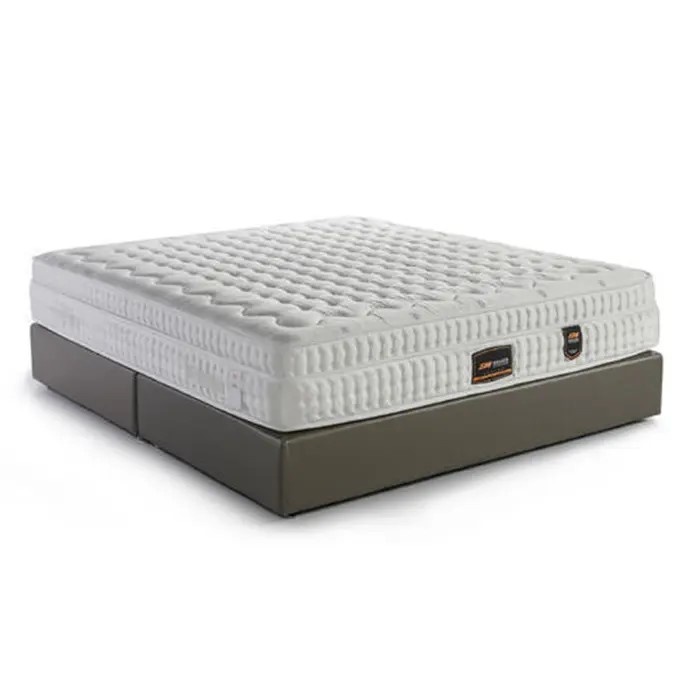
Polyether and polyester tubing differ significantly in raw material composition and molecular weight distribution. Polyether tubing is primarily composed of MDI, PTMEG, and BDO in proportions of approximately 40%, 40%, and 20%, respectively. In contrast, polyester tubing is made from MDI, AA, and BDO, with proportions of about 40%, 35%, and 25%. Additionally, polyether tubing has a narrower molecular weight distribution, following a Poisson distribution, while polyester tubing has a broader distribution, conforming to the Flory distribution.
The oligomeric polyol used in ether-based polyurethane has ether bonds as the main chain functional groups. Its chain segments are composed of long, flexible ether structures that are relatively loose. The typical molecular weight range is 400–4000, and the hydrogen bonding interaction is weak.
The oligomeric polyol used in ester-based polyurethane has ester bonds as the main chain functional groups. Its chain segments are more rigid and contain highly polar ester groups in the backbone. The typical molecular weight range is 500–3000, and the hydrogen bonding interaction is strong.
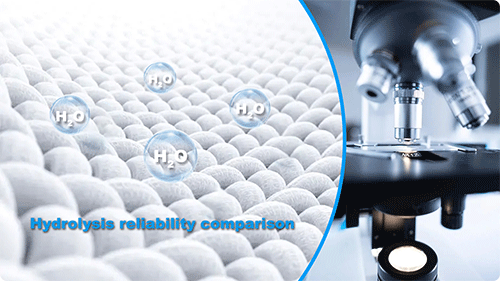
Ester-based PU:Poor hydrolysis resistance, easily hydrolyzed, especially prone to aging and degradation under high temperature and humidity.Ether-based PU:Good hydrolysis resistance, stable performance, and long-term resistance to decomposition.
Polyester PU is prone to degradation, softening, and failure when used in high humidity or water for a long time, because the Ester bond is more easily attacked and broken by water molecules. In contrast, ether bond structures are more stable and less prone to reacting with water, thus exhibiting stronger hydrolytic stability.
Polyester soft thermoplastic polyurethane is in contact with moist soil for a long time and will be eroded by microorganisms, while polyether soft or hard thermoplastic polyurethane is usually not susceptible to microbial erosion.
| Ether VS Ester | Ether | Ester |
| Material Cost | High | Low |
| Finish Pipe Cost | Expensive | High Cost-effectiveness |
| Long Term Cost | Lower | Higher |
| Maintenance and Replacement | Low | High |
Ether VS Ester tubing In terms of process cost utilization.If your application is humid, highly corrosive, and needs a long service life, I recommend to use Ether Tubing.If is dry, stable, and cost control is prioritized, you can choose Ester hose.
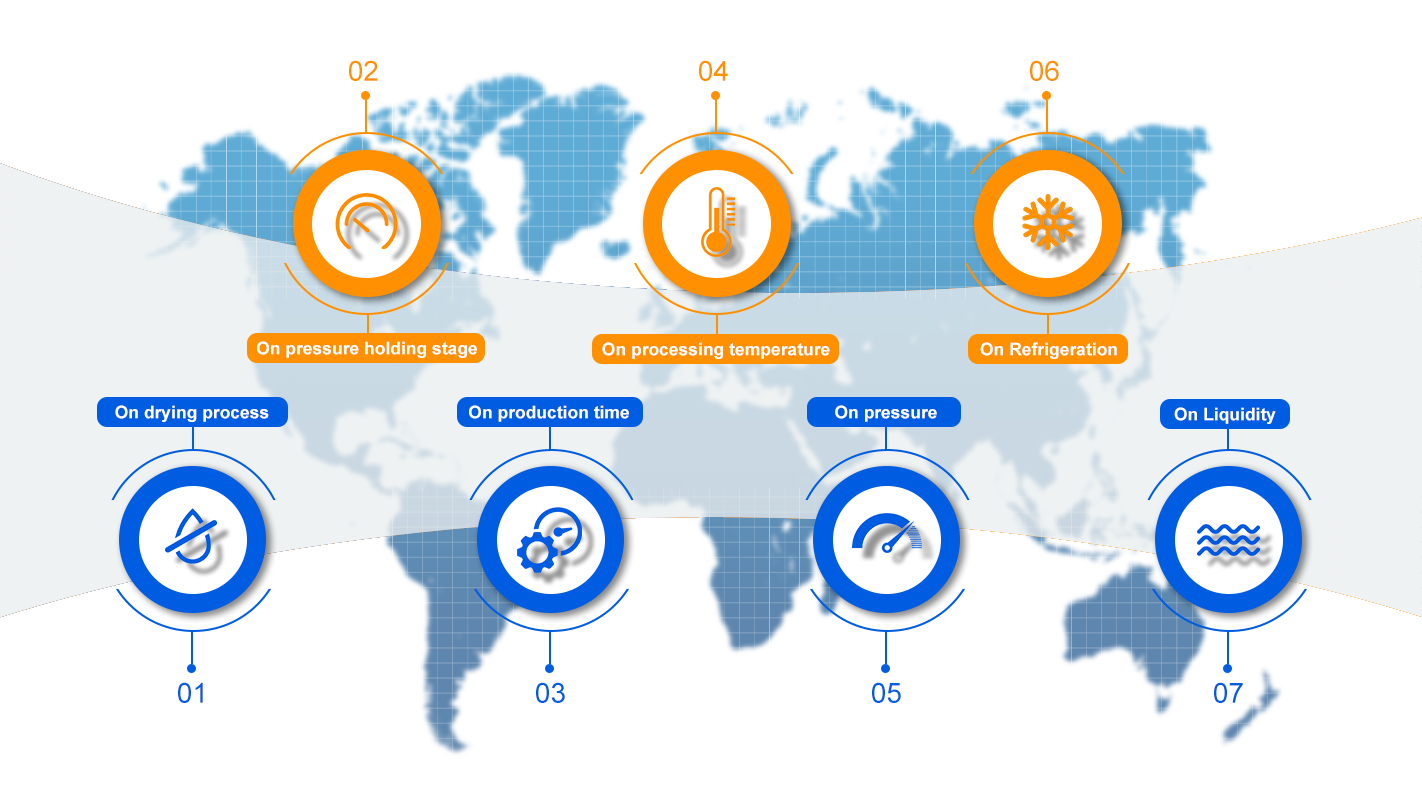
Difference comparison of production process between ester and ether
Ether vs ester in terms of hydrolysis reaction,PU pipes have hygroscopicity, and if there is moisture during processing, it may cause bubbles and surface defects in the pipe, reducing its performance. The ester group has a highly polar carbonyl group, which easily reacts with water molecules to form hydrogen bonds; The C-O-C bond of the ether group has weak polarity and is not easily reactive with water.
Ether vs ester in the aspect of processing performance and molecular mobility.In the molecular structure, the viscosity variation range of chain segments is related to the holding time. Due to the higher proportion of flexible chains, lower cohesive energy, and lower rotational energy barriers in ether-type TPUs, the chain segments move more easily, resulting in a wider natural viscosity range and therefore requiring a longer time to ensure molding stability. In contrast, ester-type TPUs have relatively rigid chain segments, higher cohesive energy, and restricted rotation, leading to a narrower viscosity range and thus a shorter holding time.
Ester vs ether in the comparing from the perspective of molecular structure, polyester has a wider molecular mass distribution than polyether in structure, so the temperature required in the production process is also higher.Since the nitrogen-oxygen bond of polyether tubing is very easy to break, it can be processed and produced at a relatively low temperature.
Ester vs ether also has differences in the aspect of cooling stage of processing,due to the high internal friction of polyester and the strong cohesive energy of its molecular structure, it is difficult to cool down even after returning to its normal state. Therefore,ester-based materials have a longer cooling time compared to ether-based ones.
Due to the low cohesive energy of the ether bonds in polyether tubes and their low rotational energy barriers, the flexibility of the chains increases with the molecular weight of polyether polyurethane.Therefore, in terms of flowability of ester VS ether polyurethane, polyether tube performs very well.
Through the above comparison between ether vs ester in terms of application, raw material usage, mechanical and chemical properties, as well as primary processing techniques, you must have gained a deeper understanding of tubing made from these two materials.
We have engineering experts can customize them according to the exact specifications of your project,What you need to do is to determine the relevant parameter information.For more detailed information about tubing and pipe fittings, please visit our dedicated tubing website . Contact us directly if you have any quesition!
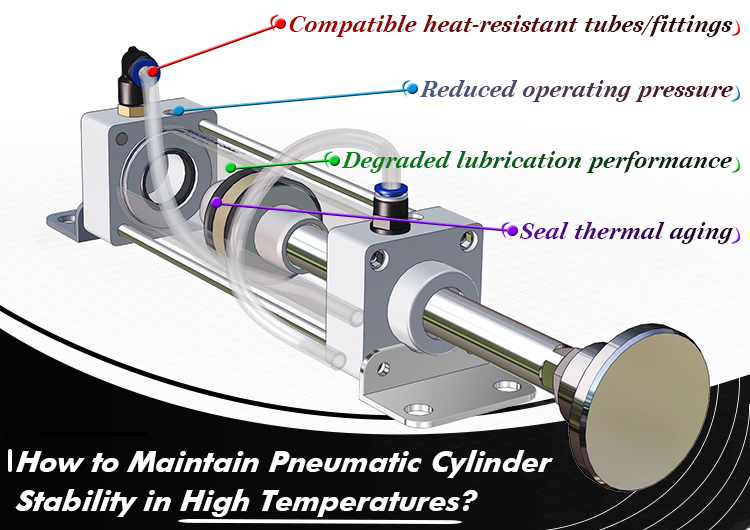 How to Maintain Pneumatic Cyinder Stability in High Tempurature?
How to Maintain Pneumatic Cyinder Stability in High Tempurature?
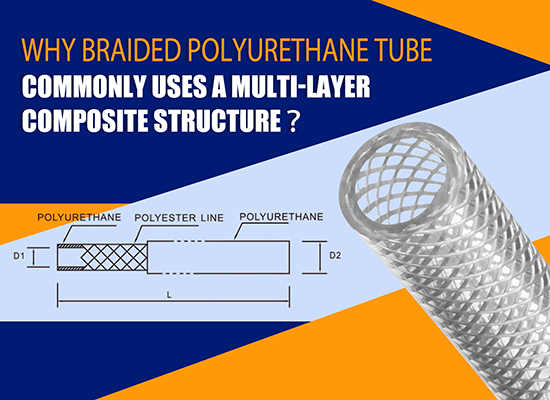 Why PUB Braided Polyurethane Tube Commonly Uses a Multi-Layer Composite Structure
Why PUB Braided Polyurethane Tube Commonly Uses a Multi-Layer Composite Structure
 How to Choose the Right Replacement Coil for a Solenoid Valve
How to Choose the Right Replacement Coil for a Solenoid Valve
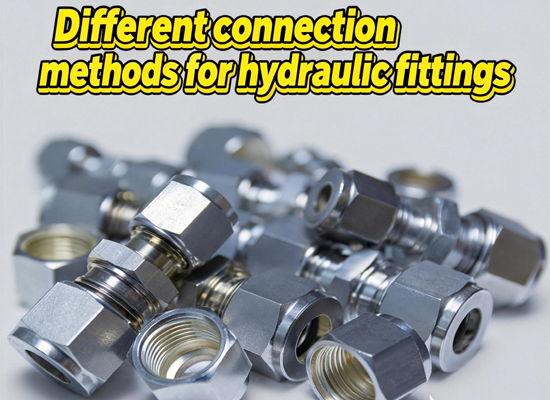 Different connection methods for hydraulic fittings
Different connection methods for hydraulic fittings
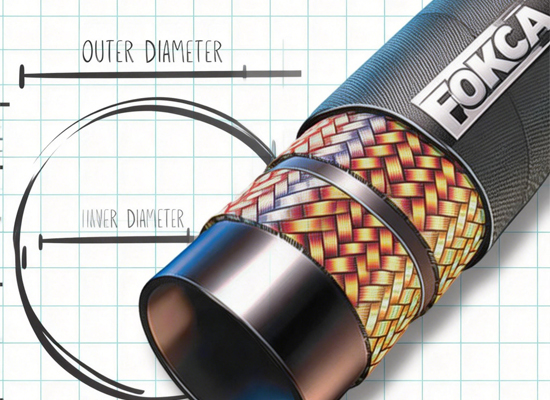 How to properly size hydraulic hoses and fittings
How to properly size hydraulic hoses and fittings
You May Interest In
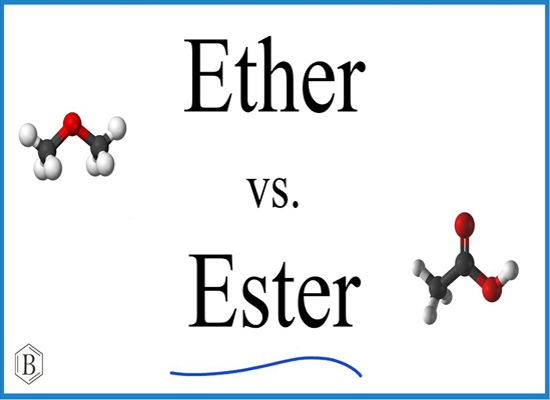
Nov 04, 2025 Blog
How to remember ester vs ether quickly?FOKCA ©1998-2025 Fescolo Pneumatic All Rights Reserved Sitemap